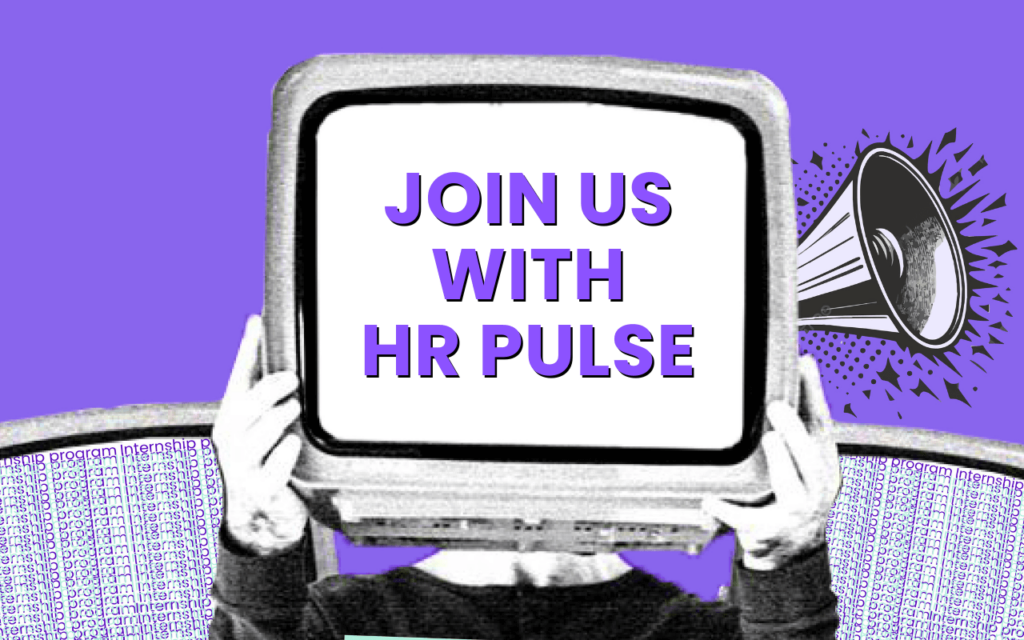What Are Employee Benefits?
Employee benefits, also known as fringe benefits, are non-wage forms of compensation provided by employers to employees in addition to their regular salary. These benefits are designed to support the overall wellbeing, financial stability, and work-life balance of the workforce.
Employee benefits may include offerings such as health insurance, paid time off, retirement plans, and flexible work arrangements. They are an essential part of a total compensation package and play a key role in attracting, motivating, and retaining top talent.
Common Types of Employee Benefits
While benefit offerings vary by employer, budget, and location, the following categories represent some of the most widely adopted benefits:
- Health Insurance: Provides medical, dental, and vision coverage. Under the ACA, employers with 50+ full-time employees must offer affordable health insurance with minimum essential coverage.
- Paid Time Off (PTO): Allows employees to take time off for vacation, personal reasons, or mental health days while still receiving their regular pay.
- Sick Leave: Permits employees to take paid time off when they are ill or recovering from medical issues. Some states mandate minimum sick leave policies.
- Family and Medical Leave: Many employers offer paid or unpaid leave in alignment with the Family and Medical Leave Act (FMLA), which allows up to 12 weeks of protected time off for family or medical reasons.
- Retirement Benefits: Includes 401(k) plans, pensions, and stock ownership plans. Employers may offer matching contributions to help employees build retirement savings.
- Life and Disability Insurance: Provides financial protection in the event of death or long-term disability. These policies help ensure continuity of income or support for dependents.
- Paid Holidays: Many companies offer paid time off for national holidays, contributing to employee rest and rejuvenation.
Creative and Lifestyle Benefits
More modern or progressive benefits may include:
- Flexible or remote work options
- Unlimited vacation time
- Wellness programs or gym memberships
- Childcare assistance or parental leave
- Education stipends and student loan support
- Pet insurance and financial wellness tools
What Benefits Do Employees Value Most?
Changing employee expectations have made flexibility and wellbeing top priorities. Recent trends show that employees especially value:
- Remote or hybrid work options
- Flexible scheduling
- Retirement savings plans
- Childcare assistance
- Career development and training
For example:
- 65% of Gen Z won’t accept jobs without retirement plans.
- 87% prioritize skill-building opportunities.
- 28% of employees would take a pay cut for flexible working.
Are Benefits Deducted From Salaries?
Some benefits, like health insurance and retirement contributions, require employee participation through payroll deductions. These are pre-tax or post-tax amounts taken from an employee’s paycheck, depending on the benefit type.
It’s important to note:
- Benefits are not a salary reduction, but a shared cost between employer and employee.
- Non-salary benefits (like gym memberships or tuition reimbursement) are usually offered in addition to salary.
Why Should Employers Offer Benefits?
Recruitment
A strong benefits package enhances employer brand and makes job offers more attractive to top candidates.
Retention
Ongoing access to quality benefits boosts job satisfaction and loyalty, helping employers retain high-performing talent.
Engagement
Employees who feel supported by their employer are more productive, motivated, and invested in their roles.
Wellbeing
Well-structured benefits improve physical and mental health, which leads to reduced absenteeism and lower healthcare costs.
Best Practices for Offering Employee Benefits
To maximize the impact of your benefits program:
- Conduct employee surveys to understand what your workforce truly values.
- Ensure clear communication during onboarding and throughout employment.
- Offer self-service platforms for easier access to benefits and claims.
- Create inclusive policies that support diverse employee needs.
- Regularly review and refine benefit offerings based on usage and feedback.
Employee benefits are more than just add-ons, they’re a strategic tool to strengthen culture, increase loyalty, and improve business outcomes. By investing in the right mix of traditional and creative benefits, organizations demonstrate genuine care for their people and stand out in a competitive talent market.







